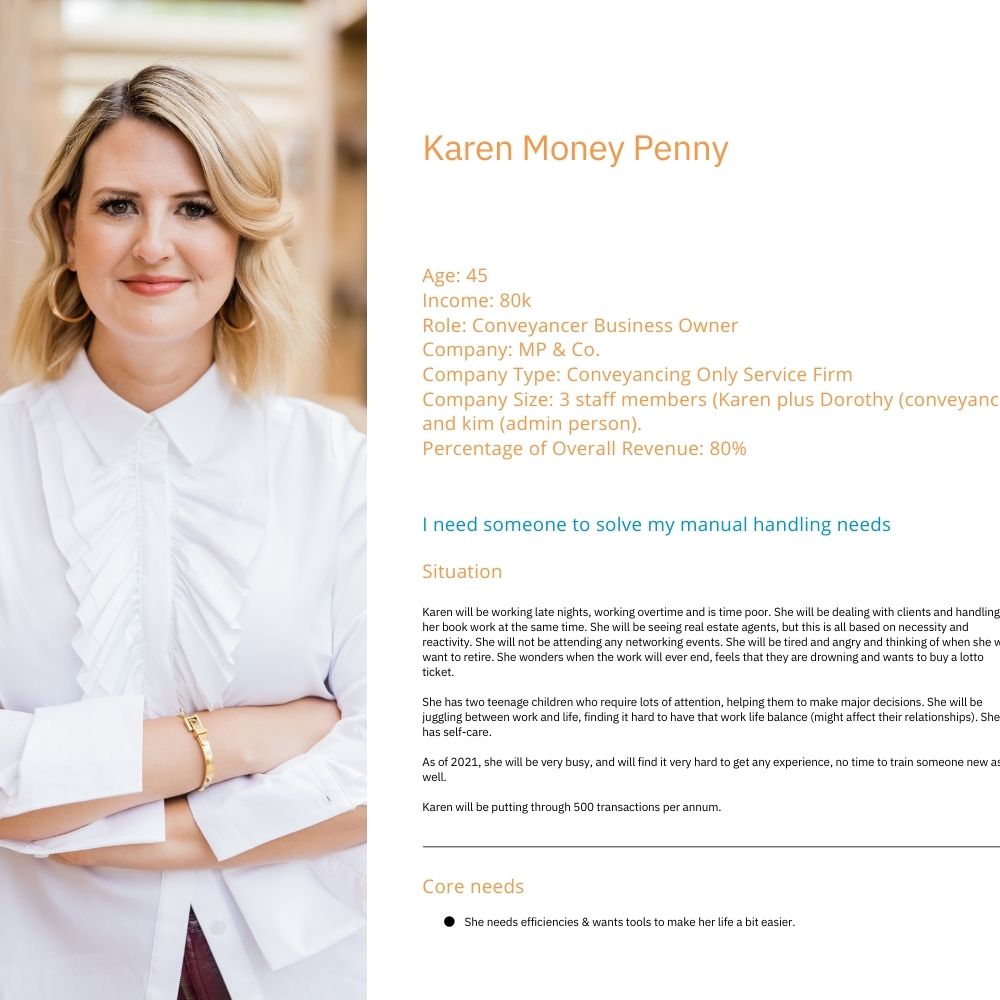Case Study
Realtime Conveyancer

Project Overview
Realtime Conveyancer is a dynamic property technology startup based in Perth, Western Australia. The company is dedicated to revolutionizing the conveyancing industry by fully digitizing the process. This innovative approach aims to address industry bottlenecks and enable a paperless, efficient, accurate, and secure workflow for conveyancing practices.
Objectives
The primary goal of Realtime Conveyancer was to transform the traditional, paper-based conveyancing process into a fully digital experience. This involved:
- Streamlining the workflow to reduce inefficiencies.
- Enhancing accuracy and security in document handling and transactions.
- Providing a seamless and user-friendly experience for both conveyancers and their clients.
My Role
As the UI/UX Designer, I was responsible for several key aspects of the project, including:
Business Website:
Designed and developed the company’s website to effectively communicate the value proposition and attract potential clients.
- Ensured the website was user-friendly, visually appealing, and optimized for SEO.
SaaS Product
- Led the design of the Software as a Service (SaaS) product, focusing on creating an intuitive user interface and experience.
- Collaborated closely with the development team to ensure the product met the needs of conveyancers and integrated seamlessly into their workflows.
Mobile Tracking App
- Designed the UI/UX for a mobile tracking app to provide real-time updates and tracking capabilities for users.
- Prioritized usability and accessibility to ensure the app could be easily used by all stakeholders involved in the conveyancing process.
Brand Guidelines and Marketing Material
- Created comprehensive brand guidelines to ensure consistency across all platforms and marketing materials.
- Designed digital and print marketing materials to support the company's promotional efforts and enhance brand recognition.
Outcomes
The project successfully achieved its goals of digitizing the conveyancing process, leading to significant improvements in efficiency, accuracy, and security. The user-centric designs for the website, SaaS product, and mobile app were well-received, contributing to a positive user experience and increased adoption of the platform.
Company Website
Using the established brand guidelines, I designed the website in a structured and simplistic manner, aligning with both User Goals and Business Goals. Given the product had not launched yet and imagery was limited, an illustrative design direction was chosen.
This approach allowed for quick design iterations and facilitated future adjustments within the brand framework.
Pathway to Settlement App
Designed as a complement to our Transaction Management System (TMS) for conveyancers, the Pathway to Settlement (PTS) app provides real-time updates to buyers, sellers, real estate agents, and finance brokers. It eliminates the need for endless phone calls and emails by allowing all parties to track key milestones effortlessly.
The app features a straightforward design, leveraging existing marketing assets and employing best UX practices to ensure efficiency. Despite its simplicity, the PTS app is continuously evolving with new features aimed at making the settlement process easier and more secure for users.

Realtime Conveyancer introduces a groundbreaking Transaction Management System (TMS) designed to deliver speed, accuracy, clarity, flexibility, and freedom in managing conveyancing processes. Whether using standard workflows or customized processes, users can effortlessly manage files, track deadlines, and eliminate manual checklists and calendars.
Our design journey began with extensive online meetings with conveyancing professionals to understand their specific goals and workflow challenges. These sessions were pivotal in shaping our approach.
Following these meetings, I facilitated brainstorming sessions to ideate features and solutions. Comprehensive research on competitors provided insights that influenced our interface design decisions.
Collaborating closely with the Realtime Conveyancer team, we developed the TMS and envisioned a dedicated mobile app for streamlined settlement process tracking. My role encompassed creating all visual assets, wireframes, and mockups, ensuring intuitive interfaces that resonate with our brand and optimize user experience.

Low to High Fidelity Designs
Creating multiple low fidelity designs led to valuable conversation with key stakeholders,
once approved we moved towards high fidelity designs for the developers.

Design, Iterate and Repeat
Engaging with conveyancers to understand their workflow challenges and goals, shaping the intuitive design of Realtime Conveyancer's Transaction Management System (TMS).
Research Tools
Personas:
Developed to empathise with user needs.
User Flow Sketches:
Mapped out interaction paths.
Low-Fidelity Wireframes:
Initial design concepts.
User Testing:
Validated designs for usability.
Branding Workshop:
Defined visual identity.
To understand how customers would find and interact with the service we created a Customer Journey Map for the website and the software.
Through lots of discussion and collaboration with the project manager, content writer and client, we had lots of valuable information to start planning and structuring for the user experience.
*User Research blurred for confidentiality.
Launch & Future Direction
Realtime Conveyancer continues to innovate and expand its offerings across Australia, with plans to integrate more advanced features and further streamline the conveyancing process.
With its launch in 2021, The success of this project underscores the potential of technology to transform traditional industries and improve efficiency and user satisfaction.
Key Learnings
The importance of user-centred design in creating solutions that address real user needs and pain points.
The value of iterative testing and feedback in refining and improving the design.
The critical role of cohesive branding in building trust and recognition in a competitive market.



